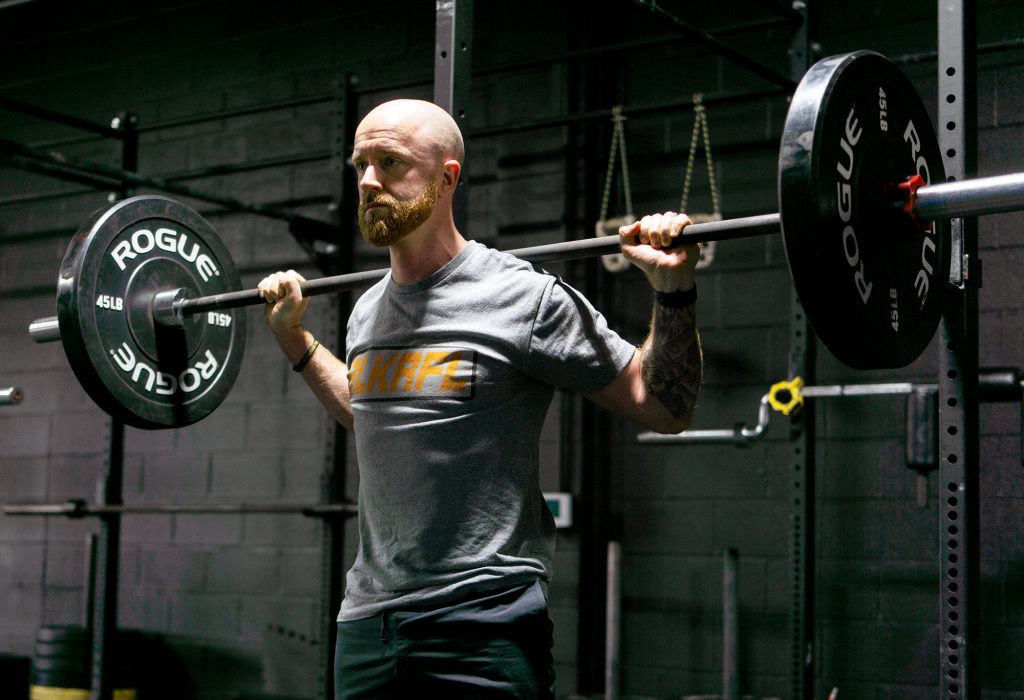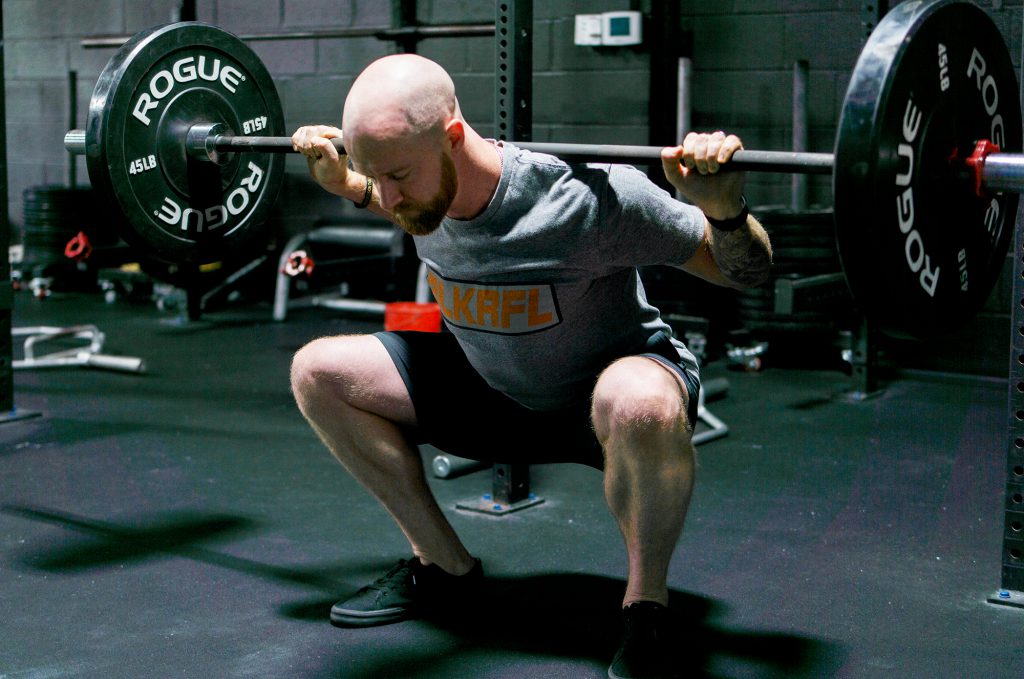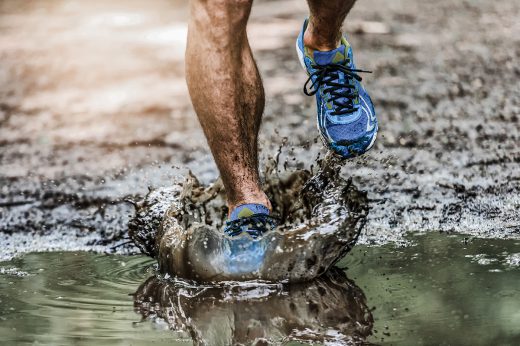The squat should be easy to manage. Grab some weight, sit down, stand back up. No rocket surgery is required. Then why do so many folks struggle with squats? It’s because they’re missing form tweaks that dial in the proper technique.
Each squatting variation is nuanced in what it asks of the body: back squatting requires healthy thoracic spine and shoulder mobility, heavy front squats require greater upper body strength, and powerlifting squats tax the bejesus out of the low back. All demand requisite hip and ankle mobility.

Some squatting variations work for some people and not for others. For example, doing back squats when you don’t have the proper mobility risks a shoulder, back, or hip injury. So, how do you know which type, and its accompanying subtype, is right for you?
Squat variations that cause disproportionate amounts of soreness in the low back, one hip, or one leg are probably doing you dirty. You’re doing something funky to get the job done, and it’s going to accumulate and become a big problem if you don’t knock it off. Here’s how to fix it:
Proper Squat Technique Foot Placement and Rotation
The correct initial foot placement for every type of squat distributes your weight evenly throughout your feet with most of it driving squarely through your midfoot. Make all necessary foot positioning and alignment adjustments to produce this outcome.

Next, see how your feet align with your thighs during a squat.
Drop down into the bottom position of the squat and make sure your femurs align with your second and third toes on each foot. This tweak in form stacks your joints, distributing stress more evenly, and helps you to generate force by keeping your weight in your midfoot.
If you’re squatting and you don’t feel the weight in your midfoot, and you can’t align your femur with your second and third toes, keep messing with your foot placement and rotation until you can do both of those things. You also may want to try elevating your heels slightly by putting them on 5- or 10-pound plates. If you keep trying different foot alignments and nothing feels right, change squat variations.
Check the video below for a walkthrough of the proper foot positioning:
Upper Body and Core Tension
Your upper body has to be tight. That’s what locks the rest of your body into the load. So, if you’re back squatting, squeeze the unmerciful hell out of the bar. For front squatting, drive your elbows forward. And if you’re goblet squatting, either “rip the kettlebell in half” or try to “crush the bell.”
To set your core, point your hips at your ribs, your ribs at your hips, and then take a deep belly breath. Then, tighten your abs like the dickens.
With all that in mind, your new squat cues are:
Reach your hips back slightly to initiate the movement, but make sure you don’t shift your weight into your heels.
“Spread the floor” by pushing outward with your feet to create tension in your hips. Do this on the way down and the way up.
Drive the floor away to stand up and lock out.
Proper Squat Technique: How Deep to Go
Squat as deep as you can while still maintaining control of your hips and stay primarily upright while keeping the weight in your midfoot. For some folks, that’s ass-to-grass low. For others, it’s slightly above parallel. Squat variation also impacts squat depth. It’s easier to go deep with a front squat than with a back squat or powerlifting squat.
Check the video above to find out how you can figure out your optimal squat depth.
Read Next: Read more informative and helpful Fitness stories from the Free Range American archives.








Comments